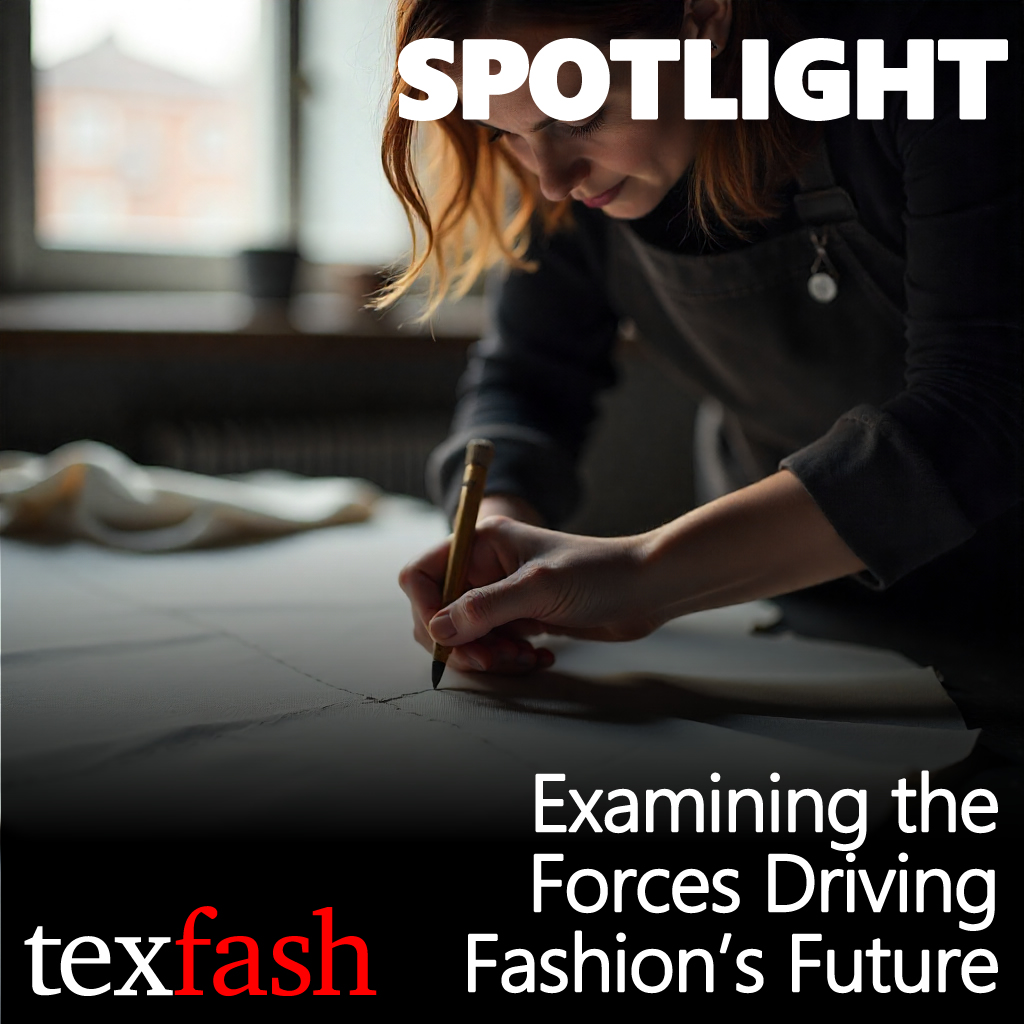The EU Green Week Brussels conference, the European Union’s premier environmental meet, from 3-5 June, not only reinforced Europe’s global leadership in circular policy, but also served as a reminder that legislation alone won’t deliver a circular economy. What is needed is a cultural and economic shift, from throwaway habits to stewardship, from quantity to quality.
This year’s theme, ‘Circular Solutions for a Competitive EU’ – emphasising the 3 Cs: Clean, Competitive, and Circular — underscored the EU’s commitment to embedding circular economy principles into its economic framework. The event brought together policymakers, industry leaders, and stakeholders to discuss sustainable competitiveness, waste reduction, and innovation.
With the Circular Economy Act on the horizon, harmonised EPR systems rolling out, and digital innovations enabling radical transparency, the EU is on the cusp of a new industrial era, one where economic success and environmental sustainability go hand-in-hand. Key takeaways from this event include:
- EU Green Week 2025 focused on integrating circularity into competitiveness, highlighting new policies and industrial strategies.
- The EU Circular Economy Act, expected in 2026, will provide a harmonised legal framework for circularity across sectors.
- The textile industry is undergoing a transformation through EPR, ecodesign rules, and restrictions on fast fashion practices.
- Digital Product Passports will be a cornerstone of future circular regulation.
- Businesses, policymakers, and consumers must now work together to bridge the gap between ambition and implementation
The Mood, The Chatter
And perhaps most importantly, there was a sense that momentum is finally gathering. The energy wasn’t just coming from institutions or NGOs, but from entrepreneurs, city leaders, designers, and young professionals who see circularity not as a constraint, but as a creative frontier. The message was clear: the time for conceptual frameworks is over, Europe must now lead by doing.
Panelists exhorted, “Waste is not caused not by a lack of technology, but by a lack of imagination!”
Beyond the formal panels and polished presentations, the real pulse of EU Green Week could be felt in the corridors, cafés, and impromptu gatherings — where the mood was equal parts urgency and cautious optimism. There was a shared sense that the circular economy has lingered too long in the realm of ambition and strategy papers. “We’ve talked enough,” one participant said bluntly. “Now it’s time to build, to scale, to act.”
Industry voices, while pragmatic, echoed this need for momentum. Many called not just for targets, but for smart, stable regulation, i.e. the kind that creates clarity, levels the playing field, and rewards those who lead. It was clear that companies are ready to move, but they need policy to steer with vision and consistency. Guidance, not just pressure, was the recurring theme. “Ideology is not enough; businesses rely on numbers”.
There was also a growing recognition that circularity is no longer just an environmental ideal, it’s becoming an economic imperative. In a global market that’s shifting fast, the EU’s competitiveness increasingly hinges on its ability to reduce resource dependency, innovate in materials and design, and capture value from waste. The circular economy isn’t just good policy, it is essential strategy. “Extended Producer Responsibility (EPR) should be a carrot not a stick”






















